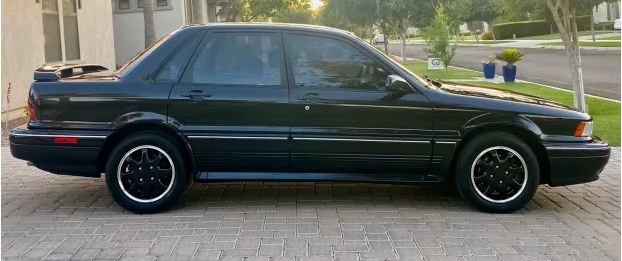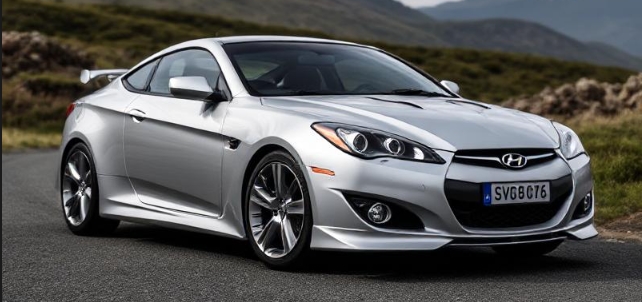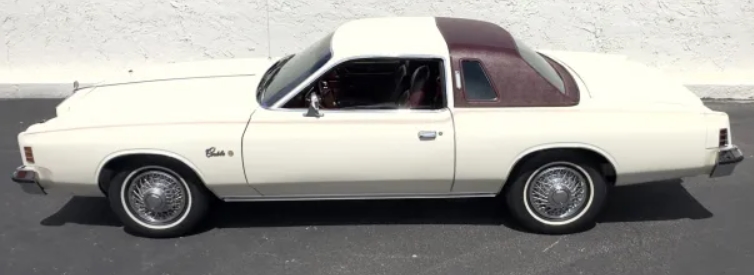The Evolution of the Mitsubishi Galant
The Mitsubishi Galant stands as one of Japan’s most iconic and enduring sedans, reflecting the evolving tastes, technological advancements, and market demands over nearly six decades. From its inception in the early 1960s to its discontinuation in 2012, the Galant’s journey showcases Mitsubishi’s commitment to innovation, performance, and global reach. This article provides a detailed chronological overview of the Mitsubishi Galant, covering its production years, models, trim levels, and significant milestones.
Origins and First Generation (1969–1973)
Introduction and Development
The Mitsubishi Galant was introduced in 1969 as a compact sedan designed to compete in Japan’s burgeoning small car market. It was based on a platform shared with the Mitsubishi Colt, emphasizing affordability and practicality. The name “Galant” was chosen to evoke a sense of elegance and sophistication.
Models and Features
The first-generation Galant was available in several trims, including the base model, the upscale GL, and the sporty GTO (Grand Tourer Omori), which would later evolve into a performance icon in its own right. Powertrain options ranged from a 1.2-liter I4 engine to a 1.6-liter, with manual transmissions primarily standard.
Notable Features
- Rear-wheel drive layout
- Manual and automatic transmission options
- Basic interior with optional upgrades for higher trims
Second Generation (1973–1978)
Design and Market Position
The second-generation Galant marked a significant redesign, adopting a more modern, angular look aligned with contemporary styling trends. This generation expanded its appeal beyond Japan, entering markets in North America, Australia, and Southeast Asia.
Models and Trim Levels
Available trims included the base, GL, GSL, and the sporty GTS. The GTS was notable for its sporty appeal with a 1.6-liter or 2.0-liter engine, depending on the market.
Engine Options
- 1.4L, 1.6L, and 2.0L I4 engines
- Introduction of a 2.6L V6 in some markets
Innovations
- First appearance of optional front disc brakes
- Introduction of a three-speed automatic transmission in some models
Third Generation (1978–1983)
Design Evolution
The third-generation Galant adopted a more aerodynamic, rounded design influenced by the global automotive trend of the late 1970s. It was also the first to offer a coupe variant, expanding its market appeal.
Models and Trim Levels
Trim levels included base, GL, GSL, and the sporty GS and GTS variants. Notably, the GTS was equipped with a 2.0-liter engine and sport-tuned suspension.
Powertrain and Features
- 1.6L, 2.0L, and 2.6L engines
- Introduction of fuel-injected engines in some variants
- First use of a five-speed manual transmission
Significance
This generation reinforced the Galant’s reputation for combining style and performance, setting the stage for future sporty models.
Fourth Generation (1983–1990)
Global Expansion and Upgrades
The fourth-generation Galant marked a major milestone by expanding into North America and other markets with a more refined, larger sedan. It featured a more angular design and increased comfort features.
Models and Trim Levels
In North America, trims included base, DE, LS, and the sporty GS. The GS trim often featured sportier suspension and styling cues.
Engine Options
- 1.8L, 2.0L, and 2.6L I4 engines
- Introduction of turbocharged engines in certain trims (e.g., Turbo models)
- The introduction of Mitsubishi’s 4G63T turbocharged 2.0L I4 engine in performance variants
Innovations
- First use of independent suspension across the lineup
- Introduction of optional all-wheel drive (AWD) in some markets
- Better safety and comfort features
Fifth Generation (1990–1996)
Design and Market Position
The fifth-generation Galant featured a more rounded, aerodynamic design, reflecting early 1990s styling trends. It was larger and more upscale, aimed at competing with mid-sized sedans like the Honda Accord and Toyota Camry.
Models and Trim Levels
Trim levels included DE, ES, LS, and the sporty VR-4. The VR-4 was a high-performance flagship with all-wheel drive and advanced turbocharged technology.
Engine Options
- 1.8L, 2.0L, and 2.5L I4 engines
- 2.0L turbocharged variants
- The legendary 2.0L 4G63T turbocharged engine in the VR-4 trim, producing up to 276 horsepower
Notable Features
- Introduction of electronically controlled four-wheel drive in the VR-4
- Advanced ABS brakes and improved safety features
- Luxurious interior options
Special Models
The VR-4 was a rally-inspired performance version, featuring all-wheel drive, turbocharging, and sport-tuned suspension, making it a favorite among enthusiasts.
We LOVE cars & cruising around, but sometimes day trips to explore new cities are required (with family or friends) for a spice of variety in your life!
So GO explore!
Cruises & Day/Night City Tours to: Baltimore, Boston, Chicago, Marina Del Ray, New York, Niagara, Philadelphia, San Diego, San Francisco, Toronto, Washington DC, etc.:

.
Sixth Generation (1996–2002)
Refinement and Technology
The sixth-generation Galant continued the trend of refinement, offering more technology and comfort features. It adopted a more conservative, rounded design and was available in multiple body styles including sedan and wagon.
Models and Trim Levels
Trim levels included DE, ES, LS, and the high-performance VR-4. The VR-4 remained the flagship, with significant updates in performance and handling.
Engine Options
- 2.0L, 2.5L, and 3.0L V6 engines
- The 6G73 3.0L V6 engine was introduced, producing up to 210 horsepower
- The VR-4 maintained its turbocharged 2.0L engine with all-wheel drive
Features
- Enhanced safety systems, including traction control
- Improved interior comfort and sound insulation
- Availability of a sport-tuned suspension and Brembo brakes on higher trims
Seventh Generation (2002–2008)
Design and Market Strategy
The seventh-generation Galant adopted a more modern, aggressive styling, with a focus on comfort, safety, and performance. It was built on Mitsubishi’s PS platform and was available globally.
Models and Trim Levels
Trim levels included ES, SE, and Ralliart. The Ralliart trim was the performance-oriented variant, offering sport-tuned suspension and a turbocharged engine.
Engine Options
- 2.4L I4 in base models
- 3.8L V6 in higher trims
- The Ralliart variant featured a turbocharged 2.4L I4 producing around 210 horsepower with AWD
Innovations
- Introduction of a continuously variable transmission (CVT) in some markets
- Enhanced safety features like side airbags and stability control
Special Models
Ralliart models featured sportier styling, sport-tuned chassis, and performance upgrades, appealing to enthusiasts seeking a sporty sedan.
Eighth Generation (2008–2012)
Final Evolution and Discontinuation
The eighth and final generation of the Mitsubishi Galant was introduced in 2008, based on the new GS platform. It aimed to compete in the mid-size sedan segment with a focus on comfort, safety, and efficiency.
Models and Trim Levels
Trim levels included ES, SE, and Ralliart. The Ralliart version was the high-performance variant, with sportier styling and enhanced handling.
Engine Options
- 2.4L I4 (MIVEC) in base and SE trims
- 3.8L V6 in higher trims
- Ralliart models featured a turbocharged 2.4L I4 engine with sport-tuned suspension and AWD
Features
- Modern interior with advanced infotainment systems
- Safety features including anti-lock brakes, stability control, and multiple airbags
- Discontinuation announced in 2012, with the model being phased out globally due to declining sales and changing market preferences
Legacy and Impact
The Mitsubishi Galant’s evolution reflects the broader trends in automotive design and technology from the late 1960s through the early 2010s. Its early models laid the groundwork for a reputation built on reliability and affordability, while later generations incorporated turbocharging, all-wheel drive, and advanced safety features.
The VR-4 performance variants made the Galant a favorite among car enthusiasts, especially in rally racing and tuning communities. The model’s global reach and multiple body styles—sedan, wagon, and coupe—allowed it to adapt to diverse markets.
While Mitsubishi ceased production of the Galant in 2012, its influence persists. The Galant’s blend of performance, comfort, and innovation makes it a significant chapter in automotive history. Its legacy continues through successor models and the enthusiast community that still celebrates its contributions to performance sedans.
Conclusion
From its debut in 1969 to its final model in 2012, the Mitsubishi Galant evolved through eight generations, each reflecting technological advancements and shifting market preferences. Its diverse lineup of models and trim levels—from economical base trims to high-performance VR-4s—demonstrates Mitsubishi’s commitment to offering a versatile vehicle that catered to a broad audience. The Galant’s legacy endures as a testament to Japanese automotive ingenuity and the enduring appeal of well-crafted sedans.







